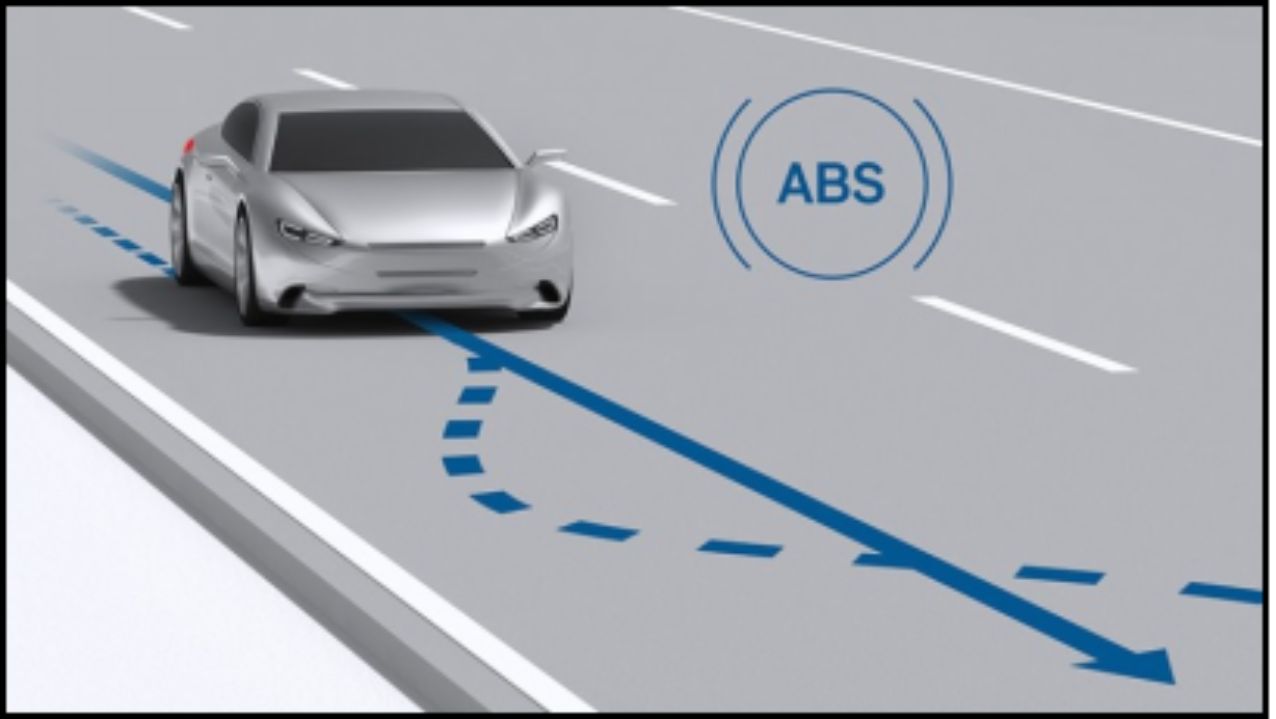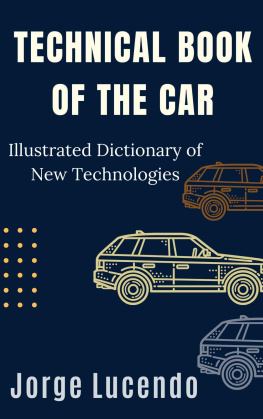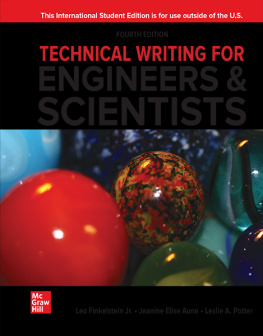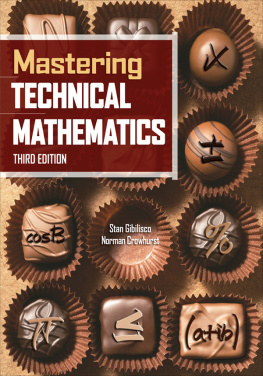Lucendo - Technical Book of the Car
Here you can read online Lucendo - Technical Book of the Car full text of the book (entire story) in english for free. Download pdf and epub, get meaning, cover and reviews about this ebook. year: 2020, genre: Romance novel. Description of the work, (preface) as well as reviews are available. Best literature library LitArk.com created for fans of good reading and offers a wide selection of genres:
Romance novel
Science fiction
Adventure
Detective
Science
History
Home and family
Prose
Art
Politics
Computer
Non-fiction
Religion
Business
Children
Humor
Choose a favorite category and find really read worthwhile books. Enjoy immersion in the world of imagination, feel the emotions of the characters or learn something new for yourself, make an fascinating discovery.
- Book:Technical Book of the Car
- Author:
- Genre:
- Year:2020
- Rating:3 / 5
- Favourites:Add to favourites
- Your mark:
- 60
- 1
- 2
- 3
- 4
- 5
Technical Book of the Car: summary, description and annotation
We offer to read an annotation, description, summary or preface (depends on what the author of the book "Technical Book of the Car" wrote himself). If you haven't found the necessary information about the book — write in the comments, we will try to find it.
Technical Book of the Car — read online for free the complete book (whole text) full work
Below is the text of the book, divided by pages. System saving the place of the last page read, allows you to conveniently read the book "Technical Book of the Car" online for free, without having to search again every time where you left off. Put a bookmark, and you can go to the page where you finished reading at any time.
Font size:
Interval:
Bookmark:
Technical Book
of the
Car
Illustrated Dictionary of New Technologies
JORGE LUCENDO
INDEX
This voice is of French origin and appeared for the first time in September 1875, as an adjective, in the voiture automobe speech, a car that moves by itself, inspired by the locomobe model. This term, which dates back to 1808, had been formed with the crazy prefix of "locomotive", feminine of the adjective locomotif, word and definition from classical Latin ocus, place, and medieval Latin motivus, relative to movement, and employed first in the expression facult locomotive, the ability to move from one place to another. Therefore, locomobue, really an abbreviation of loco (motive) mobe, that is, free to move without rails, was born automobe, composed of the Greek cars, by itself, and of Latin mobis, mobile: that moves by itself same. Therefore, the term automobe is hybrid, that is, half Greek and half Latin.
This voice remained an adjective for many years. Limited to its appearance in the language of technicians, it began to gain popularity the following year, especially by virtue of a scientific journalist, Henri de Parville (1838-1909), writer and vulgarizer of technical and scientific issues, who spoke repeatedly of the new invention and other related ones in several French newspapers. For example, in the "Journal des Dbats" of March 30, 1876, de Parville warned that "rien de si ingnieux, de sifacile a conduire that voiture automobe a air compressed that l'on voit fonctionner sur tramway de VArc- de-Triomphe, to Neuilly, (nothing so ingenious, so easy to drive, as the compressed-air car that can be seen running on the VArc-de-Triomphe tram in Neuilly).
Only around 1890, 15 years after its first appearance, the word became substantive. At least another 10 years had to pass before the term, already popular, was reduced, for convenience, simply to a car.
As for the appearance of the word automobile in the Spanish language, it can be said that it followed the trajectory of the French voice a few years ago. In fact, the first vehicles moved by an explosion engine (Bonet) seem to have failed to apply the qualification. However, already the workshops of La Cuadra are recorded (1898) as cars, and substantivation occurred almost immediately.
The first automobiles in history were those powered by steam from the 18th century. Although already in century XVII the Belgian Jesuit Ferdinand Verbiest (1623-1688), resident in China, invented a vehicle of wood, which, was impelled to steam, of small size. But the first functional "car" was the so-called "Fardier", created by the French engineer Nicolas-Joseph Cugnot (1725-1804) in the year 1769.In 1860, Belgian engineer Jean Joseph Etienne Lenoir (1822-1900), patented the first vehicle by gasoline internal combustion engine.
CHASSIS
It constitutes the structure of the automobile, in which all the other parts that compose it are fixed. The chassis is metallic and is usually made with alloys that provide lightness and resistance at the same time, since this is what increases its value in the market.
BODYWORK
This is the name of the part of the automobile in which the passengers or the cargo that is transported are located. In some cases, it also holds the mechanical elements of the vehicle.
BRAKES
There are two types of possible brakes: the drum and the disc. Some cars of multiple traction use both types: one for the front wheels and the other for the rear.
DRUM BRAKES
They consist of a mobile drum that is mounted on the wheel hub by means of screws and receives movement, and a fixed brake plate attached to the bridge. In the plate the friction elements and the mechanisms that drive the displacement of the shoes are installed.
DISC BRAKES
Its braking action is more energetic, which reduces the time and distance necessary to brake. This is because the friction elements are mounted in the air and have better cooling, which makes the absorption of energy and its transformation into heat faster.
HAND BRAKE
This part of the car is used manually and acts mechanically on the rear wheels through a system of rods or cables that are operated by a lever located between the seats of the driver and the passenger. The function of the lever is to amplify the braking pressure while the cable balances the differences in movement of the rods.
SUSPENSION
This is the name given to the set of elastic parts that interpose between the suspended organs, that is, the frame, the bodywork, the passengers and the load; and non-suspended organs, wheels and axles. This suspension system consists of a flexible element (spring or helical spring, torsion bar, rubber spring, gas or air) and the shock absorber, whose function is to neutralize the oscillations of the suspended mass when the flexible element is It adapts to the irregularities of the terrain, to ensure the comfort of the driver and passengers, while maintaining the stability and directionality of the vehicle.
PARTS OF THE CHANGE BOX
This transmission element is interposed between the motor and the wheels to modify the revolutions they give and to reverse the direction of rotation in case the gear requires it, that is, to put reverse. Therefore, we can say that it acts as a speed transformer and mechanical torque converter. This last capacity is of vital importance to climb slopes.
ABC (Active Body Control)
Acronym for Active Body Control, which means in Spanish, (active control of the bodywork), used by the German brand Mercedes, in its most prestigious vehicles. An electro-pneumatic system allows to adjust the hardness of the springs of the suspension and in combination with the adjustment of the hardness of the shock absorbers effectively prevents the roll of the body on the strong supports in curve.

ABS (Anti Blockier System)
Acronym for Anti Blockier System, or Anti-Lock Brake System, which means, (anti-lock braking system). The system avoids wheel locks during braking. It consists of inductive sensors placed on each wheel that measure the revolutions of the same. An electronic control unit processes these signals and determines when a wheel tends to block. At that moment, a hydraulic modulator is actuated which reduces the hydraulic pressure on the brake of the wheel that tends to block. Once the dangerous situation has disappeared, the system restores the pressure on the brake. The ABS system does not reduce the braking distances (in some situations it even lengthens them) but maintains at all times the control over the vehicle by the driver. The blocked wheels are not capable of transmitting lateral guidance and the wheels are dragged along the road according to the inertia of the vehicle.
ABS HYDRAULIC GROUP
Group consisting of 4 valves, one per wheel, one hydraulic pump and control relays for the valves. The opening information of the valve and the consequent liberalization of pressure is received from the control unit as well as the closing and increase of pressure in the system. Depending on the car brands we can find different ABS hydraulic groups.
ACC (Automatic Cruise Control)
Acronym for "Automatic Cruise Control" or what is the same, (cruise control). The system allows to maintain a cruising speed automatically without the driver having to operate the accelerator. It switches off automatically if the brake is applied to avoid dangerous situations.
ACCELERATION
It is the increase in speed. In automobile statistics, the acceleration of a vehicle is achieved by measuring the time it takes to reach a certain speed (normally 100 km/h) from a standstill. In high-performance cars, the time to reach 200 km/h is also indicated, always from start-stop.
Next pageFont size:
Interval:
Bookmark:
Similar books «Technical Book of the Car»
Look at similar books to Technical Book of the Car. We have selected literature similar in name and meaning in the hope of providing readers with more options to find new, interesting, not yet read works.
Discussion, reviews of the book Technical Book of the Car and just readers' own opinions. Leave your comments, write what you think about the work, its meaning or the main characters. Specify what exactly you liked and what you didn't like, and why you think so.









